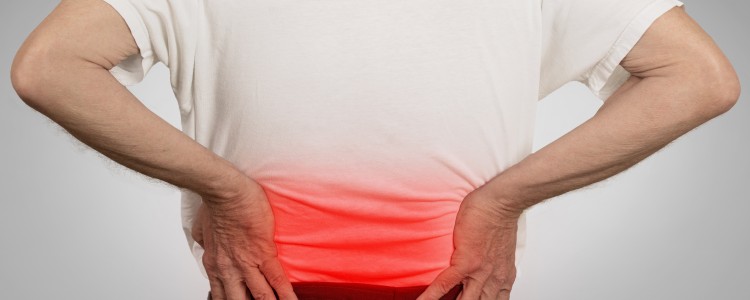Degenerative
1987 Volvo award in clinical sciences. A new clinical model for the treatment of low-back pain.
- Waddell G
- Spine | 12 (7) | September 1987

- Development of biopsychosocial model for treatment of pain.
This classic paper published by Dr. Gordon Waddell in 1987 has been cited over 1577 times. The paper is not a study, but rather a comprehensive review of the literature from the 1970’s and 1980’s looking at the trend of increasing rates of disability associated with low back pain. Dr. Waddell used this information to define a framework for treatment for those suffering with back pain.
There is no doubt that this framework developed by Dr. Waddell changed many of the beliefs held on the subject of low back pain in the late 1980’s. Out of the published observations he made, many still hold true today. These include the fact that the lifetime prevalence of back pain is approximately 80% and 80-90% of episodes recover in about 6 weeks. From his review, disability associated with low back pain increased significantly between the 1950s and 1970s. This trend has continued to modern day practice. He contended that low back pain and disability from low back pain are two distinct illnesses that must be separated. His focus was on treating the patient for the purposes of disability prevention as opposed to traditional methods of treating for relief of pain. Bed rest and analgesics were the treatment of choice up to the late 1980’s. Waddell pointed out that due to a lack of evidence, this treatment regimen may actually be harmful.
Perhaps the greatest strength of this paper is the fact that Dr. Waddell used evidence based medicine to develop the rationale for his framework. This certainly was not common to his era.
One could make the argument that much of this publication is opinion based on the experience of the one author. However, while rates of low back disability have climbed significantly since this paper was published in 1987, it is likely safe to say that Dr. Waddell’s work has significantly expanded upon how we view and treat low back pain. We can say that many of his published observations went against the grain during his time period and many have remained true in present day practice. However, physician visits for low back pain have increased. Treatment decisions have now changed with the rise in technological innovation and greater understanding of many spinal pathologies. Socioeconomic issues now play a greater role with increasing demands of the population. Dr. Waddell’s work will historically remain important to spine care, but disease specific and population based models based on current, high quality data are needed to provide the next evolution of thinking and treatment for “back pain”.


Comments (0)
Note: We honor your privacy and will not disclose or share your email address with any third-party. Your email address will not be published, and is only used for the purposes of replies and notifications pertaining to these comments.